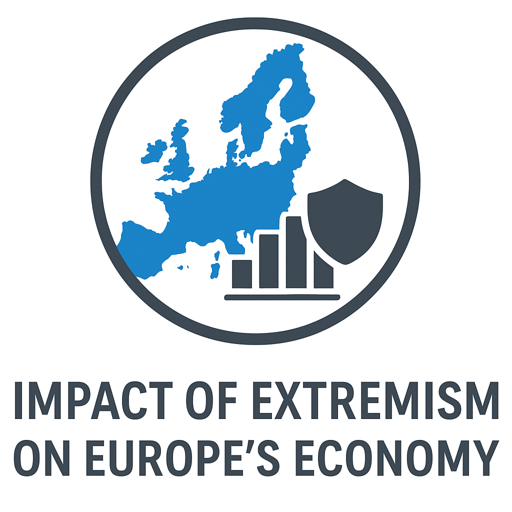A Story from Today’s Europe
Last summer, Sophie, from Canada, a travel-loving student, had her dream Europe trip planned — Paris, Rome, and Barcelona. But a sudden extremist attack in a nearby city made her family nervous. “Let’s wait until things calm down,” her mother said. Sophie hesitated, canceled her booking, and promised to try again “next year.”
She’s not alone. Across the world, millions of travelers are making the same decision — putting Europe on hold.
Message (M): What’s Really Happening
Europe’s tourism industry is trying to bounce back after years of challenges — first the pandemic, then inflation, and now, rising extremism. While flights are open and borders are friendly again, a shadow still lingers: fear.
Extremist attacks and political instability, even when isolated, make travelers nervous.
As a result, Europe’s tourism recovery in 2025 is slower, uneven, and fragile.
Conceptual Style

Visual: A symbolic AI image of a European map with airplane icons fading into smoke.
Caption: “Fear still clouds the skies over Europe’s recovering tourism scene.”
Alt Text: “Concept art showing Europe’s tourism map fading due to extremism.”
Background (B): Why It Matters
Europe received a total of over 700 million international tourists in a year before the covid-19 appeared.
The country will must have lost billions of dollars by shutting down its tourist industry.
But 2025 is a different picture.
Even as airlines return to the skies and museums reopen, the spread of extremist violence over distinct parts of Europe has stirred up old anxieties once more.
More and more travelers are no longer visiting certain places.
Price of travel insurance has been increased.
Local businesses in tourist areas are scrambling to deal with erratic crowds.
While some cities such as Paris and London remain busy, others –particularly in southern and eastern Europe–suffer from cancellations, brief stays, fewer sales.
Realistic Style
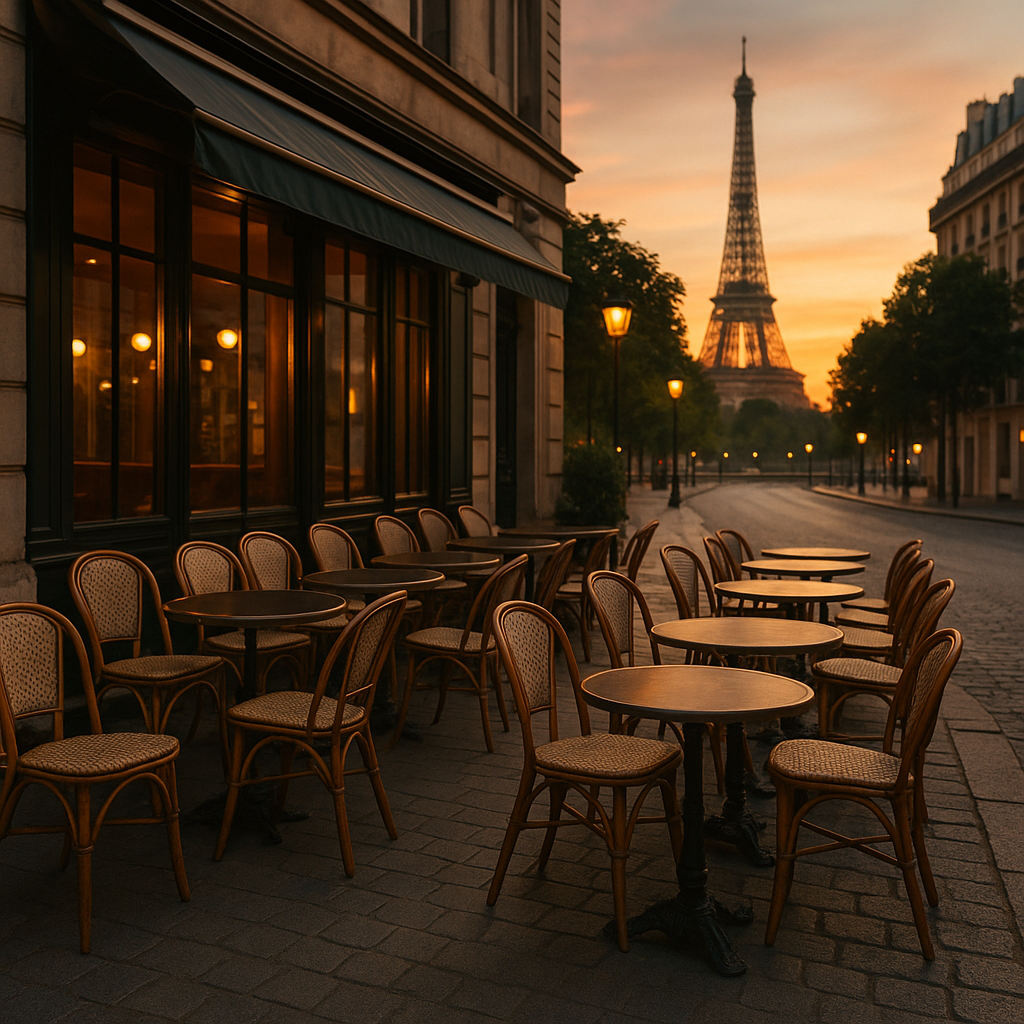
Visual: A photo-realistic of an empty café terrace in Paris at sunset.
Caption: “Europe’s cafés and hotels still wait for tourists who never arrived.”
Alt Text: “Empty Paris café tables during tourism slowdown in 2025.”
Content (C): The Real Impacts Across Europe
Let’s look at how extremism affects different parts of Europe’s tourism comeback.
Fear Changes Travel Plans
When travelers see news about violent acts or extremist protests, they quickly change destinations. A family that once dreamed of visiting France might choose Portugal instead. A group heading for London might cancel entirely.
Even a single headline can make global tourists cautious — and perception often matters more than reality.
Conceptual Style
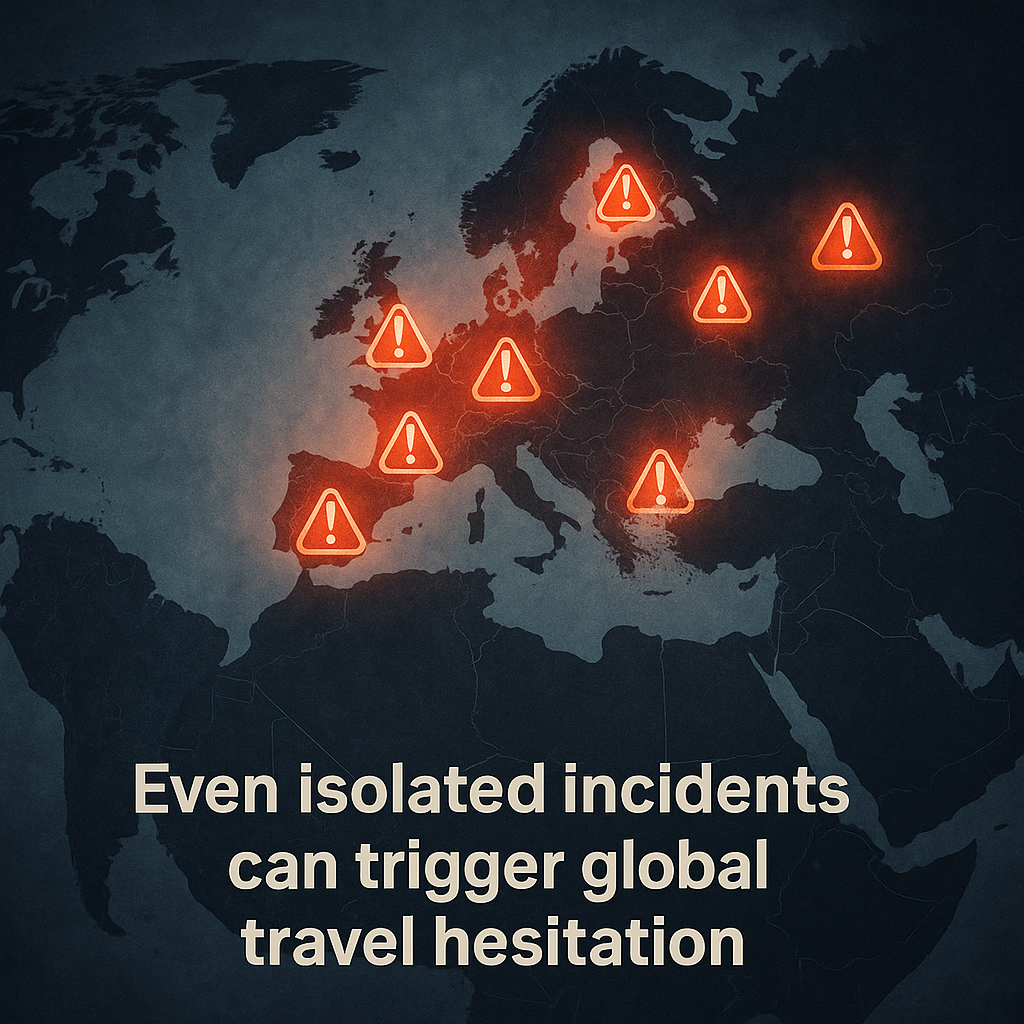
Visual: A world map with red “alert” icons across Europe.
Caption: “Even isolated incidents can trigger global travel hesitation.”
Alt Text: “Illustration showing global travel alerts across Europe.”
Hotels and Restaurants Lose Visitors
Besides sights and flights, Tourism encompasses Europe’s quaint little inns café and souvenir shops that compose its charm When bookings take a downturn, these are the first to suffer A shorter trip and fewer bookings mean:
- Less restaurant revenue 🍝
- Fewer nights booked 🏨
- Job cuts in seasonal work 💼
Many small businesses in tourist towns now depend heavily on domestic visitors, who don’t spend as much as foreign travelers.
Realistic Style
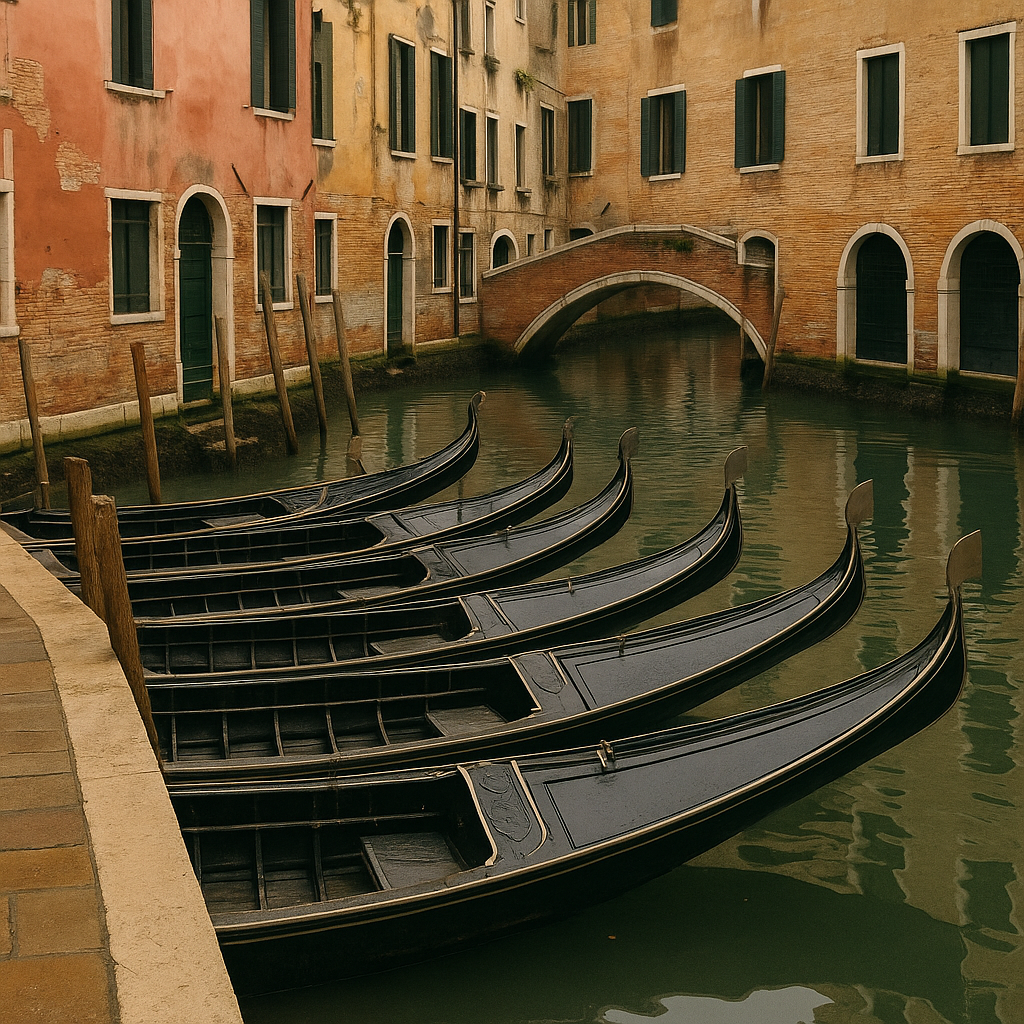
Visual: A quiet street in Venice with empty gondolas.
Caption: “Tourism workers feel the ripple effect first when bookings drop.”
Alt Text: “Empty gondolas on Venice canal showing tourism slowdown.”
Increased Costs and Security Measures
The costs of protection are now eating away at both government and business—metal detectors, security personnel and insurance premiums And someone has to pick up the tab Usually, in higher prices or taxes So while visiting Europe once seemed inexpensive for a holiday, travellers today find it more costly a vacation
Conceptual Style
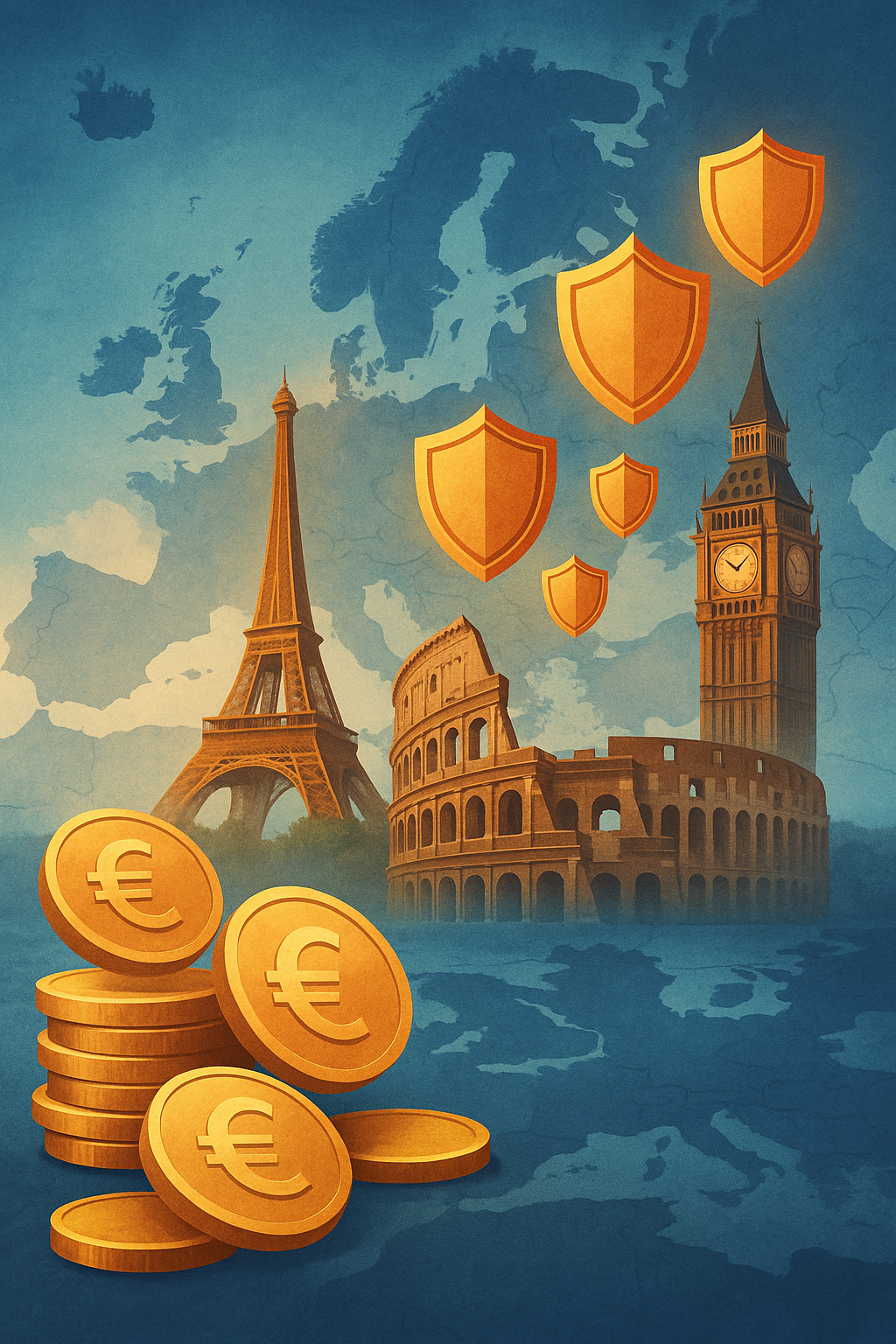
Visual: A digital illustration showing coins turning into shields over Europe’s landmarks.
Caption: “More money now goes toward protection than promotion.”
Alt Text: “Conceptual image symbolizing increased security costs in tourism.”
Asymmetrical Recovery Across Regions
France, Spain and Italy still draw millions of tourists every year. But lessor-known gems — like Slovenia Albania or parts in Eastern Europe– are getting fewer visitors due to their unstable situations or location amidst conflict zones. This uneven recovery has prosperous areas and those in decline becoming wider apart Local guides, small family-run hotels and craftsmen in more out-of-the-way towns suffer most heavily
Realistic Style
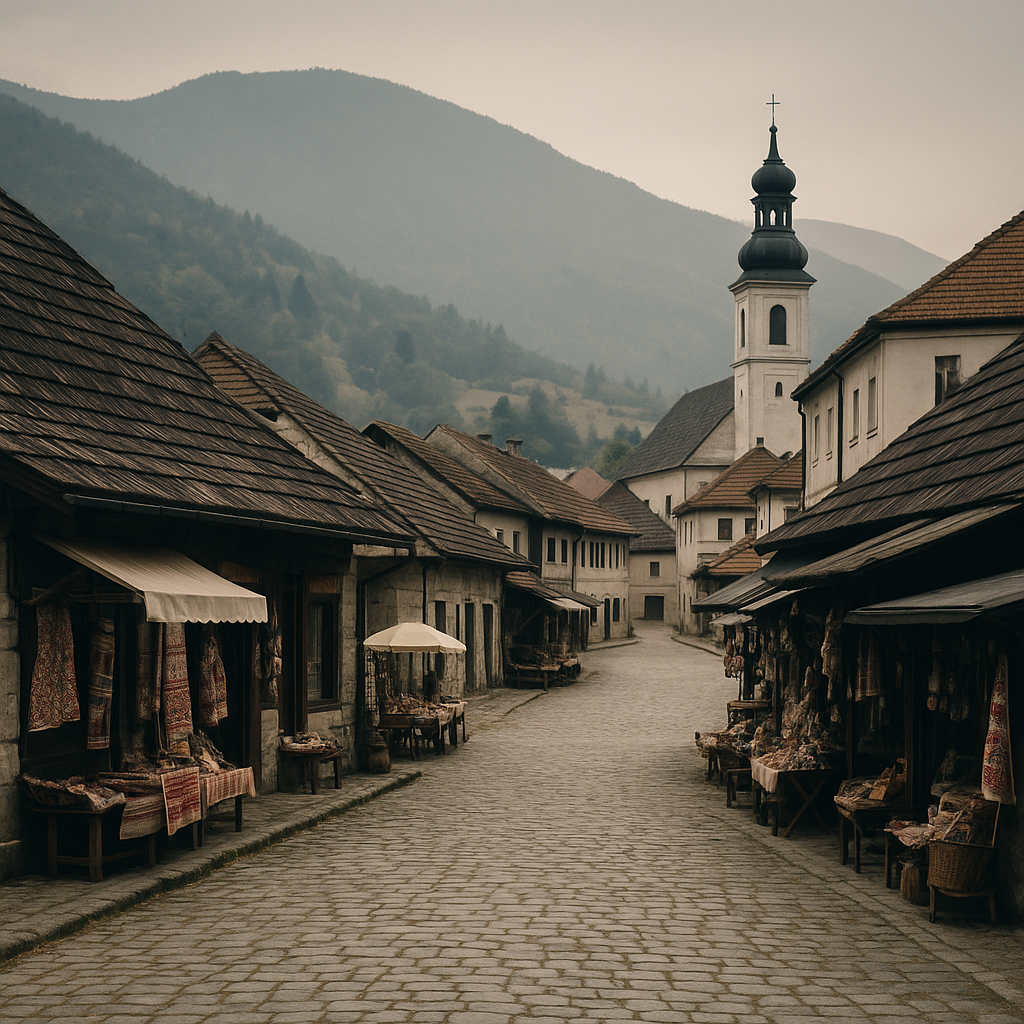
Visual: A mountain town in Eastern Europe with quiet markets.
Caption: “In smaller regions, empty markets tell the story of missed travelers.”
Alt Text: “Empty town market in Eastern Europe due to slow tourism recovery.”
Investment Hesitation
Hesitation to Invest Risks are also something investors take into consideration. When they see headlines about instability or extremist movements, they pull back from new hotel projects or abandon tourist start-ups This in turn slows the pace of innovation–fewer eco-hotels, less digital tourism, fewer modern attractions. Absent steady investment, Europe’s place in the global tourism struggle could slide
Conceptual Style
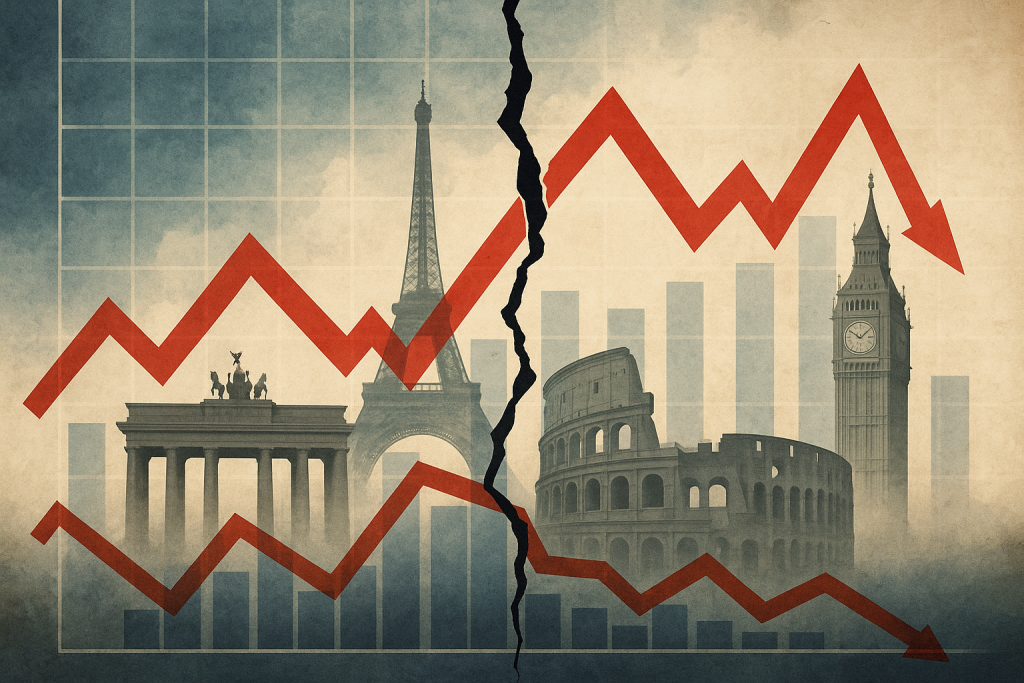
Visual: A symbolic image of a broken investment graph over European landmarks.
Caption: “Uncertainty keeps investors waiting — and growth frozen.”
Alt Text: “Conceptual illustration of investment decline in European tourism.”
The Emotional Cost: Lost Trust
More than money, there’s a human side–a loss of belief. People travel in order to be safe, free and inspired. Once fear takes over, even the most beautiful places in the world lose their magic. The essence of tourism is trust. And once that confidence gets shaken, it takes years before you can rebuild it.
Realistic Style
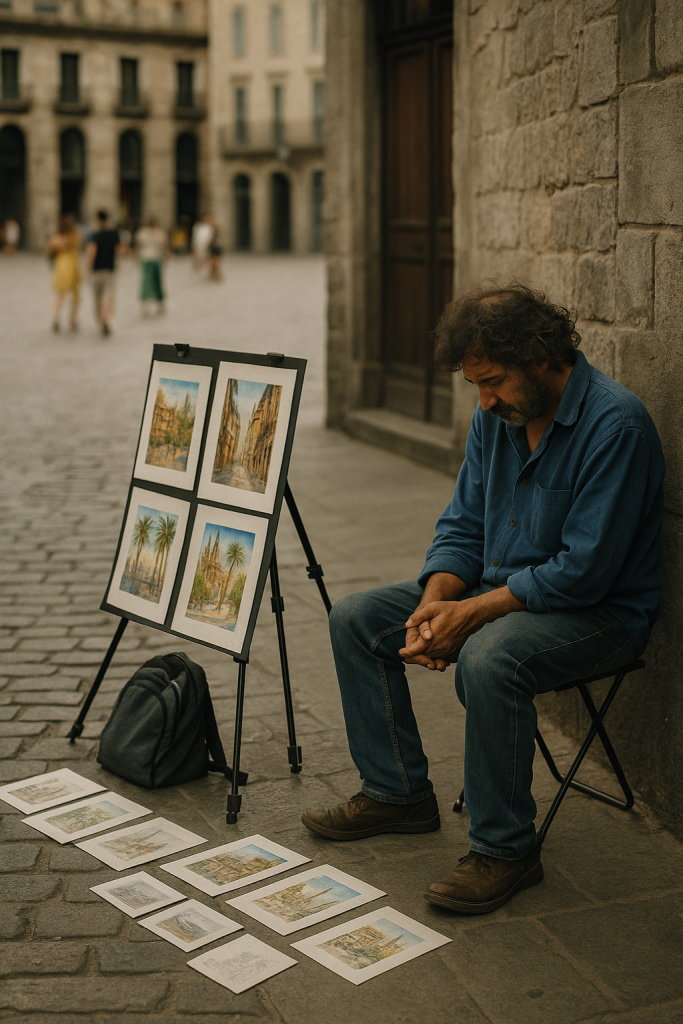
Visual: A sad street artist in Barcelona with few tourists passing by.
Caption: “When fear grows, even art and culture start to fade.”
Alt Text: “Lonely street artist in Barcelona facing tourism decline.”
Call to Action: Rebuilding Confidence
Well, anyways, what can Europe do to heal and regain the confidence of its citizens?
Produce actual security without fear – when you go down the street, look around at all this security that is reassuring but not alarming.
Tell positive stories – show how cities are safe and alive to flourish.
Look after little tourism enterprises. They are what make Europe not dreary!
Conduct cultural exchanges – the best cure for fear is to get to know one another better.
Put money into durability, not just repair.
Tourism is not just about places, tourism is people.
Across Europe’s communities, when they feel free from fear once more the people of the world will start returning to explore them.
Conceptual Style
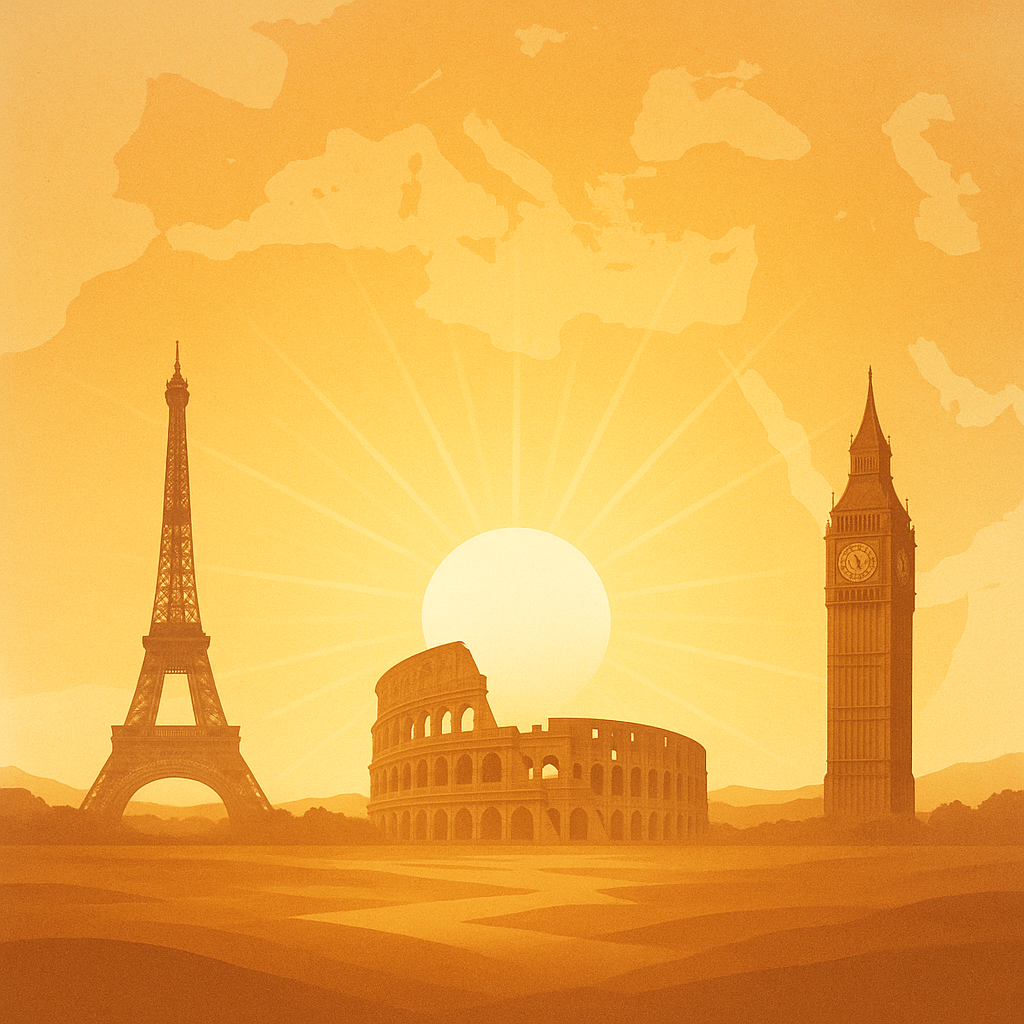
Visual: Sunrise shining over European landmarks (Eiffel Tower, Colosseum, Big Ben).
Caption: “Hope returns when trust rebuilds.”
Alt Text: “Conceptual sunrise over European landmarks symbolizing recovery.”
Final Thoughts
In 2025, we find that Europe’s tourism industry is able to persevere despite calamities happening all around it—a lesson for mankind: peace is just fashion of perspective beauty and culture matters little by comparison.Europe will see the development of safety with humanity, in cases like Sophie travel will not be stopped by fear but move forward due to her love of new discoveries.
Realistic Style
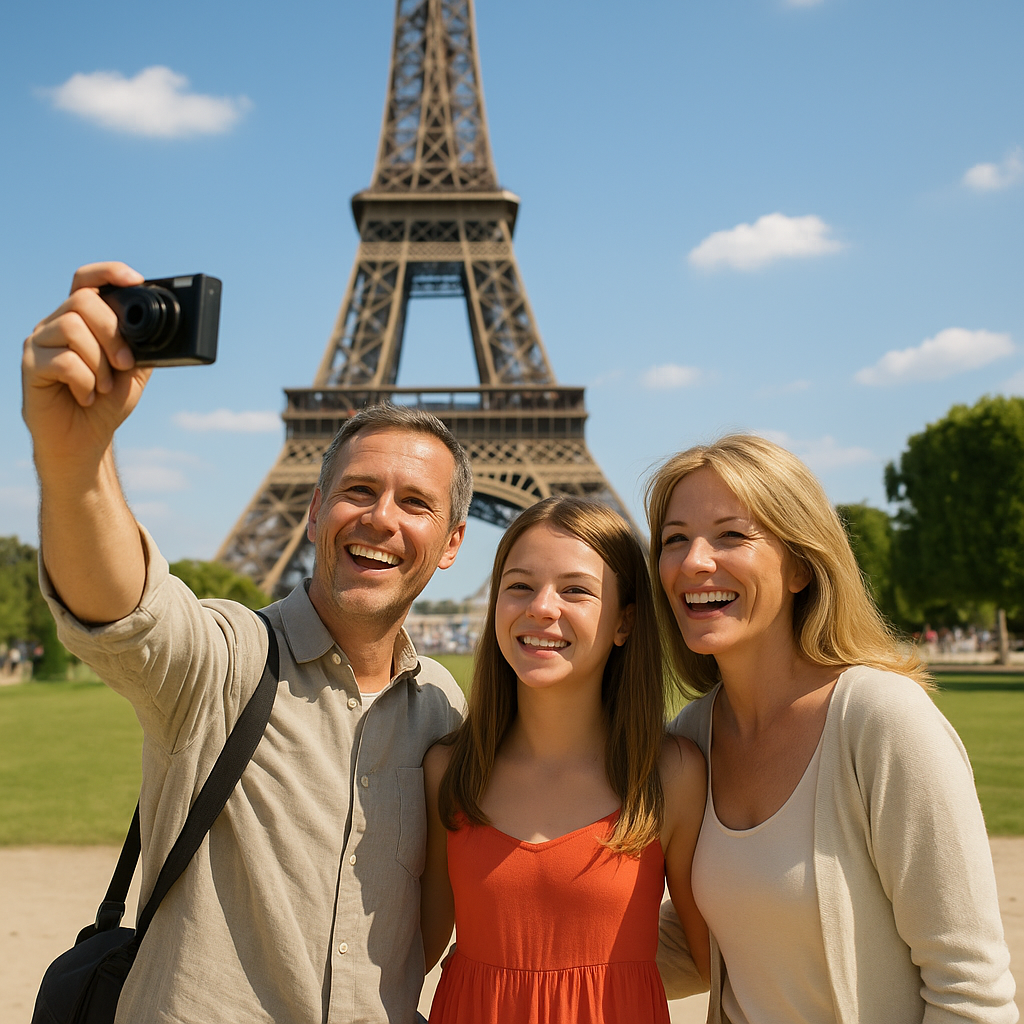
Visual: A joyful family taking photos near the Eiffel Tower under a bright sky.
Caption: “When confidence returns, Europe’s beauty shines again.”
Alt Text: “Happy family visiting Eiffel Tower representing tourism recovery.”
